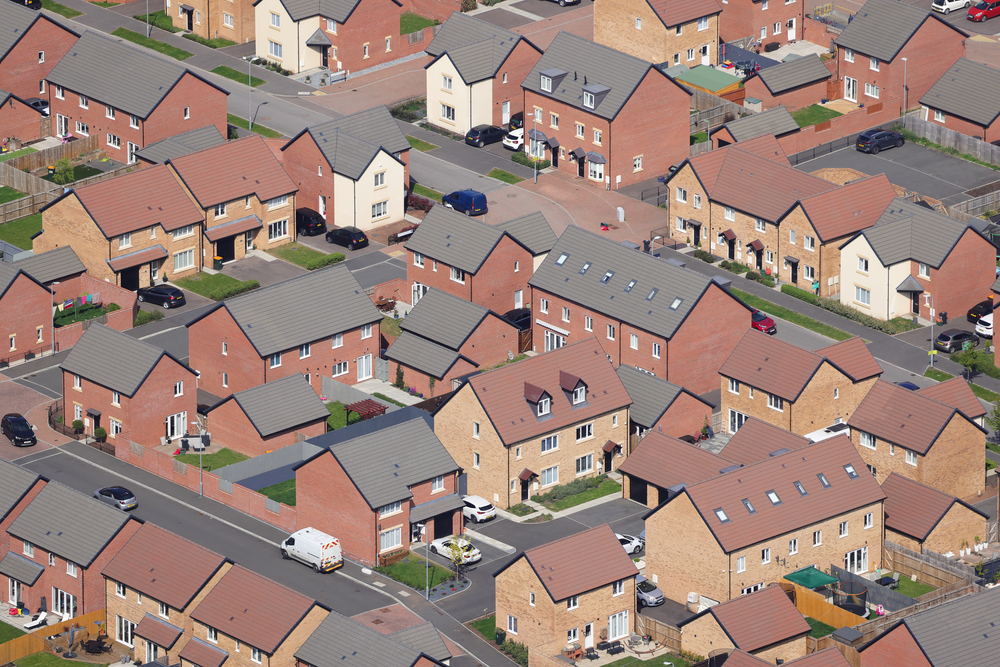How to make the most of the UK’s infrastructure investment roadmap
The UK’s blueprint for investment of £650bn in infrastructure over the next decade has the potential both to boost the performance of the economy and improve social outcomes – but only if policymakers act boldly and invest for the long term.
A well-thought-out, competently executed infrastructure programme would contribute to several of the government’s goals, including levelling up disadvantaged regions, helping decarbonise the economy and securing investment to showcase Britain’s international standing post-Brexit.
As the government said when it published its “Transforming Infrastructure Performance (TIP) Roadmap to 2030” in September, the aim is to “…collectively prioritise the societal outcomes we need, and use modern digital approaches and technologies, alongside improved delivery models, to achieve them”.
As they follow this roadmap, which includes investments to be made by the private sector in addition to government spending, we believe it will be critical for policymakers to keep in mind four key principles.
- Think holistically about what a place needs to thrive. The drivers of economic growth and social value are all interdependent. Improved road and rail connections will not attract productive businesses if they cannot tap a qualified workforce. But skilled workers will not put down roots if good housing, schools, hospitals and cultural amenities are lacking. It’s also important to tailor the investments needed to support the levelling-up agenda to each locality’s particular circumstances. That means giving careful thought to the full infrastructure investment package that is required, not just individual elements, in order to maximise value for society and make the most of taxpayers’ money.
- Invest for the future, not just for today. Infrastructure has a long lifespan, so planners will need to anticipate foreseeable shifts and build in resilience accordingly. Investment decisions need to take account of three trends in particular:
- Climate change: Infrastructure will be a vital driver of our shift to a net zero economy, offering a golden opportunity for innovation. Infrastructure will need to enable other activities to be low or zero carbon (e.g. by storing or providing zero emission energy) and to be low carbon itself (e.g. more energy-efficient buildings, low-carbon materials). Global warming is already producing more frequent and more intense extreme weather events, with important consequences for infrastructure investment. For example, more demanding specifications might be required to reduce vulnerability to storms, droughts or floods; building spare capacity might be appropriate so services can be restored more rapidly after an interruption; and materials, as well as being low carbon, might well have to be made more weather-resistant;
- Digital innovations: Smart infrastructure systems and myriad other digital applications are proliferating rapidly. It is important to think now about how to build maximum flexibility into the relevant support infrastructure so these systems can be adapted over time. Examples include electric vehicle charging options along our highways and relevant capabilities to enable autonomous vehicles.
- Population and behaviour change: How we lead our lives is constantly evolving. Infrastructure has to be flexible enough to adapt to emerging trends. As the pandemic has underscored, homes should be designed for home working; town centres need to be reconfigured to enable more options for flexible use of premises; and transport, healthcare and other public services need to adapted for inclusive accessibility (whether online or in person) by a diverse population with different needs.
- Learn to manage uncertainty: For many of us, the giddy pace of technological change seems to be making the future more uncertain than ever. This uncertainty is not a reason to simply carry on as before, for that would stifle innovation. Nor is it a reason to throw up our hands and do nothing, which would exacerbate existing problems. Rather, we need to get smarter and bolder in how we provide information for decision-makers about what could happen under alternative views of the future. We also need to get better at identifying options that have the best chance of adding maximum value for society for every pound invested while also addressing inequalities. This may require building analytical capabilities so that informed decisions can be made at both national and local level. Frontier’s economics and data science teams are developing techniques (such as decision-tree analysis) to better understand the returns from investment under conditions of greater uncertainty in future.
- Monitor and evaluate: The TIP Roadmap offers an exceptional opportunity to learn how to make increasingly sound investment decisions. This requires close attention to monitoring and evaluation methods to track progress and inform us about what works, in which circumstances and for whom. An appropriate framework will generate information about whether the anticipated benefits of an investment are actually realised, along with the factors that helped or hindered. As well as allowing important lessons to be learned, it also builds local and national confidence that public money is being used well. That being the case, the monitoring and assessment conditions attached to the government’s recent commitment to spend billions of pounds on new R&D through UK Research and Innovation are welcome. Extensive, multi-year assessments are providing valuable pointers as the government and UKRI set priorities for the next wave of R&D funding.
The aim of the TIP programme is nothing less than to transform how the government and industry decide to intervene in the built environment in order to bring about a step change in the UK’s infrastructure performance. The government’s boldness can be measured by the £650bn in investment - from private as well as public sources – that it hopes to plough into infrastructure by 2030.
To create both economic and social value, it will be vital to focus on integrated, long-term planning that fosters rapid technological innovations rather than holding them back; that empowers local areas to make the investments they need; and that underpins project delivery with a thorough evaluation framework so essential lessons are learned. Spent wisely in this way, the sums involved are huge enough to make a real difference.








